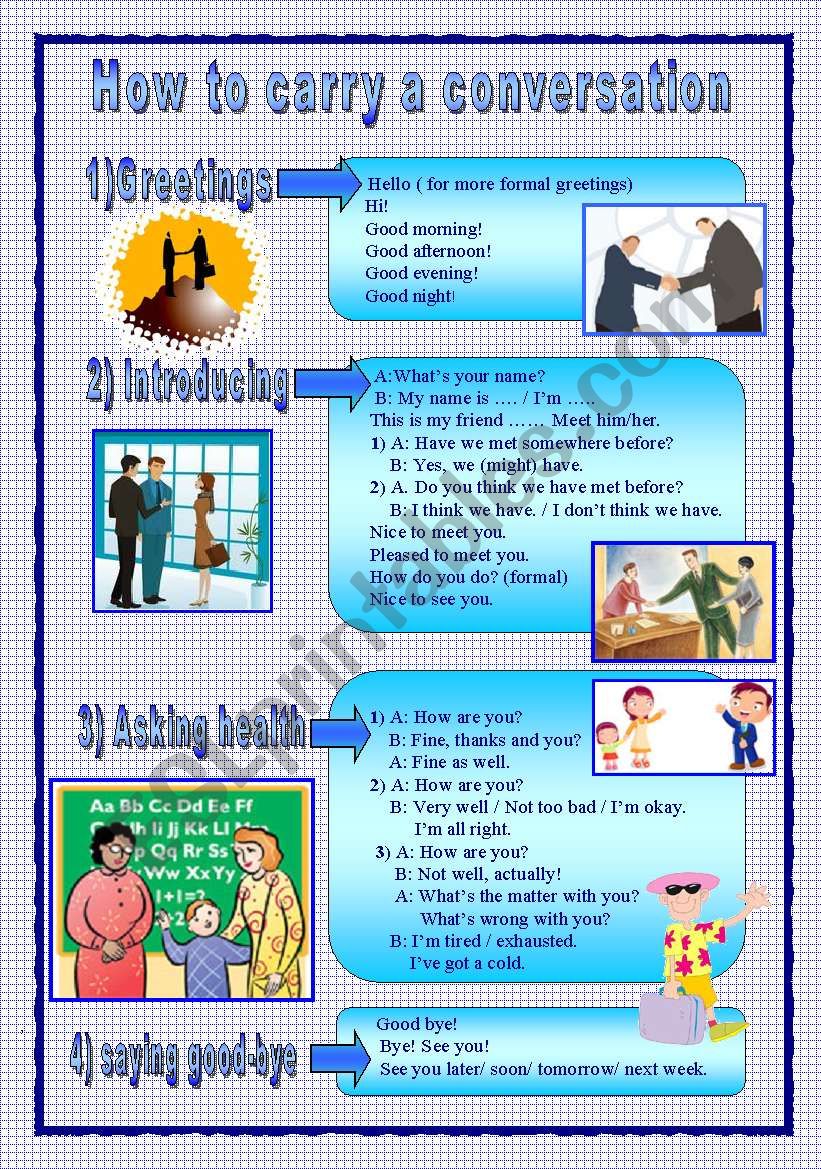How To Carry Forward A Conversation

Conversations stalling? Learn actionable techniques to propel discussions forward and deepen connections. Don't let another promising interaction fizzle out.
The Art of Conversational Momentum
Maintaining engaging conversations requires active listening, strategic questioning, and skillful topic navigation. This guide provides a quick primer to boost your conversational prowess.
Active Listening: The Foundation
Truly hear what the other person is saying, both verbally and nonverbally. Nod, make eye contact, and show genuine interest. Studies show that active listeners are perceived as more empathetic and engaging.
Reflect back what you've heard to ensure understanding. Summarizing demonstrates attentiveness and invites clarification.
Strategic Questioning: The Catalyst
Move beyond simple "yes" or "no" questions. Ask open-ended questions that encourage elaboration and storytelling. Avoid interrogative lines of questioning, it will deter them.
For example, instead of asking "Did you enjoy the movie?", try "What aspects of the movie resonated with you?". Questions should reflect what you've heard and prompt further discussion.
Topic Navigation: The Guide
Seamlessly transition between topics by finding common ground or using bridging statements. Relate new subjects to previous points of discussion to maintain coherence. This can be done by finding shared interests or experiences.
If a conversation hits a dead end, introduce a related but slightly different subject. Use phrases like "That reminds me of..." or "Speaking of..." to ensure a smooth transition.
Remembering Details: The Key to Connection
People appreciate being remembered. Recall past conversations and reference details the other person shared. This shows you value their input and fosters a stronger connection.
Note important details like names, hobbies, or recent events to bring up in future interactions. This indicates that you were paying attention and care about their lives.
Embracing Vulnerability: Building Trust
Share personal anecdotes and experiences to create a sense of connection. Authenticity encourages others to open up and share as well.
However, be mindful of oversharing or monopolizing the conversation. The goal is to foster mutual exchange, not deliver a monologue.
Practice Makes Perfect: Refining Your Skills
Conversational skills are honed through practice. Seek out opportunities to engage in meaningful conversations. Take classes or join public speaking groups.
Observe skilled communicators and analyze their techniques. Pay attention to how they ask questions, listen attentively, and transition between topics.
Next Steps
Implement these techniques in your next conversation. Observe the impact on the flow and depth of the interaction. Continue to refine your approach based on your experiences.
Seek feedback from trusted friends or colleagues on your conversational style. Constructive criticism can help you identify areas for improvement.









:max_bytes(150000):strip_icc()/how-to-start-a-conversation-4582339-5c6f2d15c9e77c000151ba0f.png)








